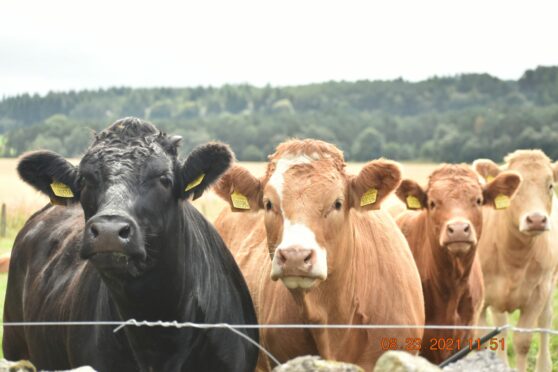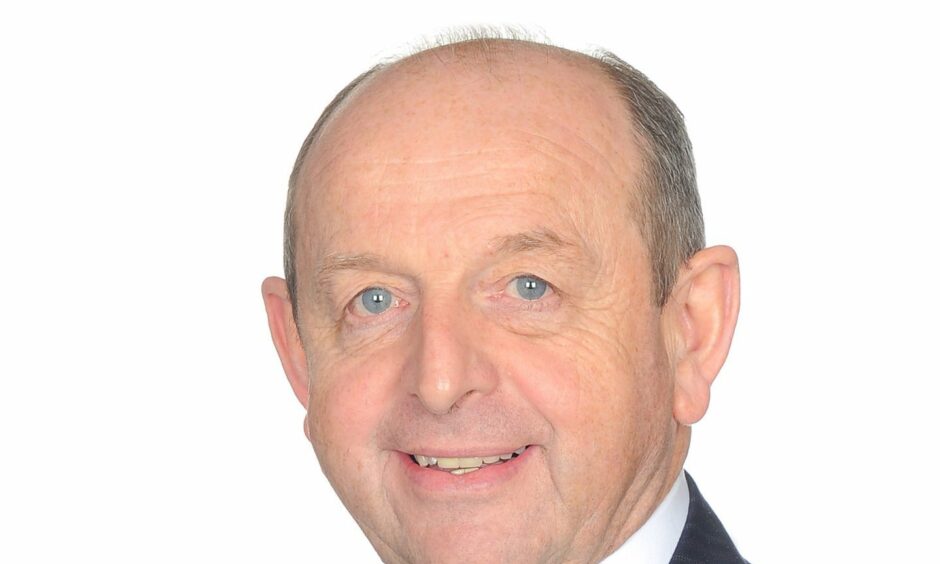In recent years, an increasing number of arable farmers from the East Coast of Scotland who have not kept livestock for some time have returned to our markets to purchase store cattle to help restore soil health on their farms.
With the price of fertiliser rocketing in the past 12 months, our customers are finding that they can significantly reduce their growing costs by using dung produced by their cattle and sheep to improve soil health instead. This natural method of managed grazing can increase the soil’s organic matter and enhances its structure and fertility with improved water infiltration, reducing erosion and the need for synthetic fertilisers. Importantly, sustainably managed land also improves carbon capture and storage.
We think that the number of farmers we know of who are moving towards this more environmental approach is just scratching the surface. There is real potential for more people to get involved in regenerative farming. We’re encouraging arable farmers to consider keeping livestock as part of their farming enterprises. Integrating livestock can also help diversify the farm’s income streams and reduce dependence on a single crop.
Sustainable farming has long been part of farming in Scotland. In the 1960s and 1970s mixed crop-livestock farms were the norm. Rotational farming was key with cattle moved to the worst part of the field to re-fertilise the land with their dung, which they trampled in as they moved around grazing. I’ve seen farmers getting a tonne more per acre if they keep sheep and there is no need to fertilise the land as the animals are spreading it for you.
Sheep are also natural grazers that can help control weeds and other unwanted vegetation. This enables the creation of natural spaces that support higher concentration of wildlife, plants and pollinators that improve the biodiversity of the local environment.
In the timespan of only half a century, we are living a very different way of life, but, at least in agriculture, we have the opportunity to learn from looking back to what used to work for both our farms and the environment.
Today, many farmers’ sons and daughters have grown up without livestock on their farms – so the knowledge of the holistic benefits that sheep and cattle offer to the farming ecology has skipped a generation or two.
All my working life as a sheep auctioneer, I’ve seen the snowball effect of disappearing fencing on arable land as farms no longer keep livestock, resulting in fields becoming ever larger and enabling the use of bigger and heavier machines, which damage the land. Technology is good when it works for you, but farmland without livestock for a long time has no texture to hold the soil together when the wind comes.
With soil health firmly back on the government’s agenda, and stewardship grants available to help with costs, I believe that farms, farmers, consumers and our environment would all benefit from keeping cattle, sheep and to help naturally fertilise the land and keep farms in good heart.
After all, farmers have always been stewards of the land and inherent environmentalists long before today’s global focus.
George Purves, IAAS fellow and managing director of United Auctions

